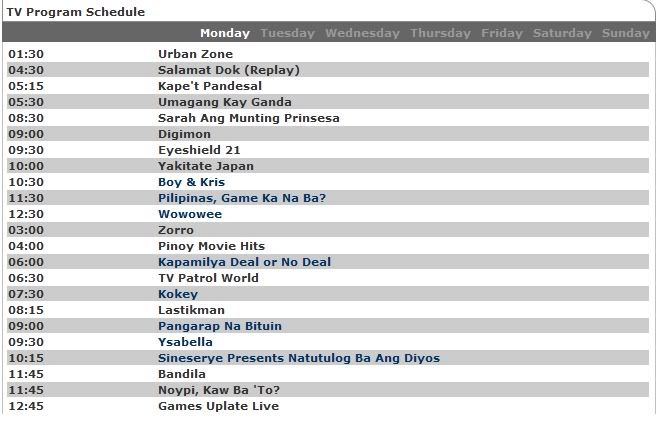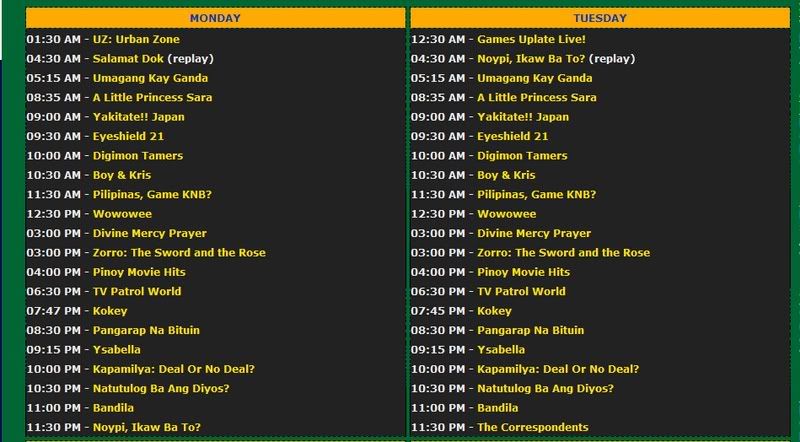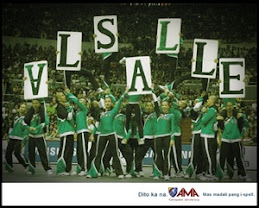Because what you read isn’t real.
More than five million Filipinos leaf through various newspapers everyday, hoping to be informed of the goings-on in the country and around the world. Amidst pictures of scantily dressed starlets and gory mutilated bodies, the average Pinoy reads through every article, confident that the newspaper lives up to its battlecry, be it ”The truth shall prevail,” or “balanced News, Fearless Views.” In a world where perception becomes reality, it is crucial for newspapers to mirror exactly what is happening in society. Unfortunately, what we read is not really what is.
Money Matters.
In the beginning of the 20th century, our American colonizers introduced the concept of a profit-oriented press. With a fast growing readership and advertising market, newspaper publishing suddenly became a lucrative business. Noted American historian Lewis Gleeck even claimed that the most important innovation in Philippine journalism was “the conversion of Filipino journalist of opinion run by politicians into newspapers run as business enterprises.”
In 1938, J. Amado Araneta bought the Philippine Herald from the Elizalde clan and used it to lobby his sugar enterprise for a larger U.S market. Nine years later, another sugar mogul, Eugenio Lopez, Sr., bought the Manila Chronicle to augment efforts in pursuing a congressional act benefiting his sugar planters. Meanwhile, the 1980s witnessed the ascendance of Chinese- Filipino capitalists in the newspaper industry, where their publications became symbols of legitimacy and political authority. This sudden control mirrored their rising influence upon the important sectors in the country.
Hence, the domination of the newspaper industry by business conglomerates has offered such vulnerability to newspapers as their publishers use journalism to promote and protect their economic interests.
Chink in the Armor.
In February 1999, the Manila Times headlined a story on a Machiavellian power supply contract arranged by former President Joseph Estrada. In the same month, the Manila Times ran an expose asserting that a mysterious BMW used by the same president belonged to Quezon Representative Danilo Suarez. Shortly after the reports were put into print, the publishers, Robina Gokongwei- Pe and Enrique Razon, Jr. respectively, found themselves apologizing for the offending stories.
The almost instantaneous apology was only expected of the two publishers. For one, Razon was wary of disappointing the previous administration since he had government contracts (to service government ports) on the line. Gokongwei- Pe, on the other hand, is part of a diversified business empire that covers banking, shipping, agribusiness, and real estate. With so many transnational corporations, she had every reason to fear that state regulators and tax auditors may come barging in any given day. Due to the pressure, Gokongwei- Pe had to release a front- page apology to the President. The editorial board eventually resigned in protest.
The Prieto –owned Philippine Daily Inquirer also had a similar experience when presidential allies pulled out their business advertisements after it reported on the involvement of a presidential kin in a textbook fund scandal. Fearing that a tax audit may be underway, the Prieto family had no recourse but to force its editors to tone down its stand on the issue.
These incidences proved that the Philippine press is indeed susceptible to pressure from its proprietors. Thus, newspaper magnates interfere with the editing and publication of stories to avoid political ire. Given that most of these business conglomerates have interlocking contracts subject to government regulation, it is only natural that the Achilles heel of each newspaper is the business interests of its owners.
My paper, my weapon.
However, newspapers are not only limited to protecting their publishers from government pressure. They were, in fact, primarily acquired to back up business enterprises. Putting up a newspaper requires substantial capital investment and machinery, which only big businesses can provide. In a country where competition is intense among rival tycoons, businessmen will exhort all measures to get the best opportunities, journalism being one of the most favorable options. Having a newspaper enables a businessman to have influence over the general public, the government, and even the business sector.
This privilege is well manifested in the contents of national dailies. Take the case of Emilio Yap, publisher of the Manila Bulletin. He used his newspaper to condemn the awarding of the sale of the Manila Hotel to a Malaysian company. The headlines screamed injustice as several editorials were consistently adamant in claiming that the historic hotel was a national legacy and should therefore be awarded to a Filipino bidder. It did not take long for the Supreme Court to become frazzled of the media ruckus. Months later, it decided to award the bid to Emilio Yap.
Such power was also used in August and September of 1996, when the Manila Standard derided the Subic Bay Metropolitan Authority for awarding a port service contract to Hong Kong’s Hutchinson Ports Company because its owners, the Razon family, lost the bid. Soon, other newspapers picked up on the controversy. To avoid further conflict, former President Fidel V. Ramos ordered the bid repealed.
From being pressured by the government, the power now shifts to the publishers, since newspapers are wider in reach and coverage, richer in connections, and more effective gaining public sympathy. This need to attach itself to the public roots from the desire to maximize profits. Majority of a newspaper’s profits is gained through advertising revenues. Newspapers have to attract audience that advertisers consider as “target markets.” Should the paper run stories unappealing to their target market, advertisers will certainly back-out. This is crucial to a newspaper’s survival.
As said earlier, newspapers need big businesses to mobilize them. When a newspaper is put up, it needs all the financial resources it can get. Members of the business sector will not miss an opportunity to “contribute” and “donate”. After all, the rewards far outweigh the amount they pitched in. A popular donor is Lucio Tan. He supposedly helped the late Betty Go- Belmonte put up the Philippine Star. In the heat of the Philippine Airlines (PAL) fiasco involving the Taipan, the newspaper was noticeably circumspect in its reportage. In addition, a column written by U.P. Economics Professor Solita Monsod about the PAL pilots’ unrest was prohibited from seeing print. When she complained, board member Teodoro Benigno could only reply, ”Why don’t you leave Tan off? There are some sacred cows! ”
What now?
Press freedom is not just limited to media practitioners functioning with relative freedom and minimal pressure. It also includes the perpetuation of the people’s right to know. When the press exercises its freedom, it is required that they make this information available to all sectors of society.
The majority believes that the newspaper is the closest that they can get to the truth. In the passing of time, television and radio stations have harbored public mistrust because of their nearly blatant subservience to the demands of sponsors. Newspapers, on the other hand, have become relatively stable sources of information. They have provided an assemblage of articles on the latest news in sports, entertainment, business and society in the convenience of a compact bunch of papers. Highly accessible and affordable, a newspaper is an average Filipino's melting pot for all the facts that he must know.
However, the problem with its ownership structure is that it poses a permanent threat to objectivity. Newspaper magnates can, and will interfere with the publication of stories in order to endorse their business interests. At the end of the day, these broadsheets are businesses. They need to earn---and we pay the price, at the expense of truth.




